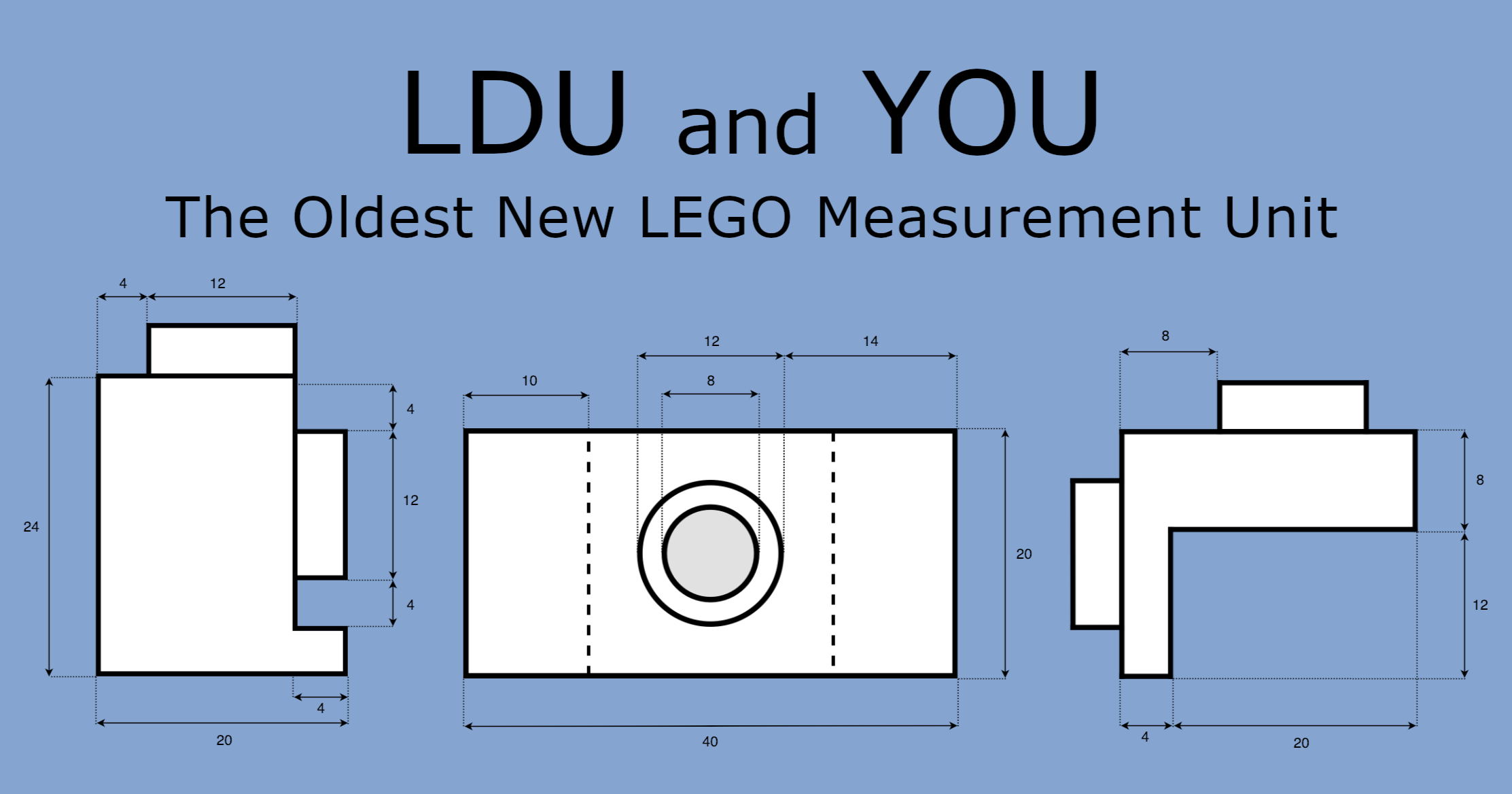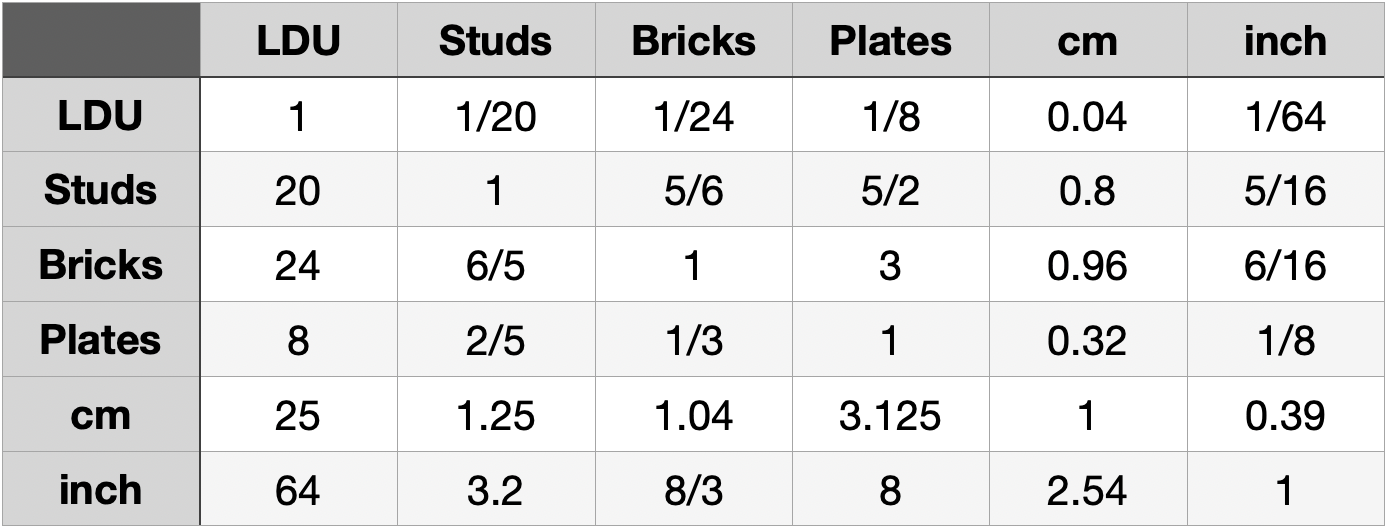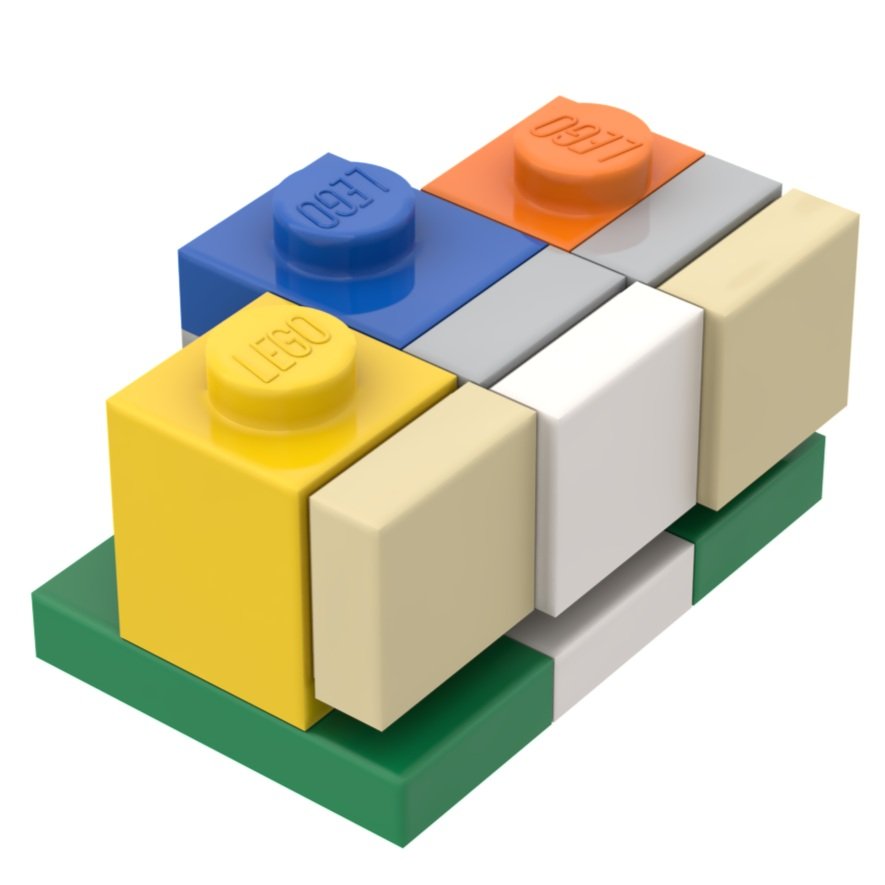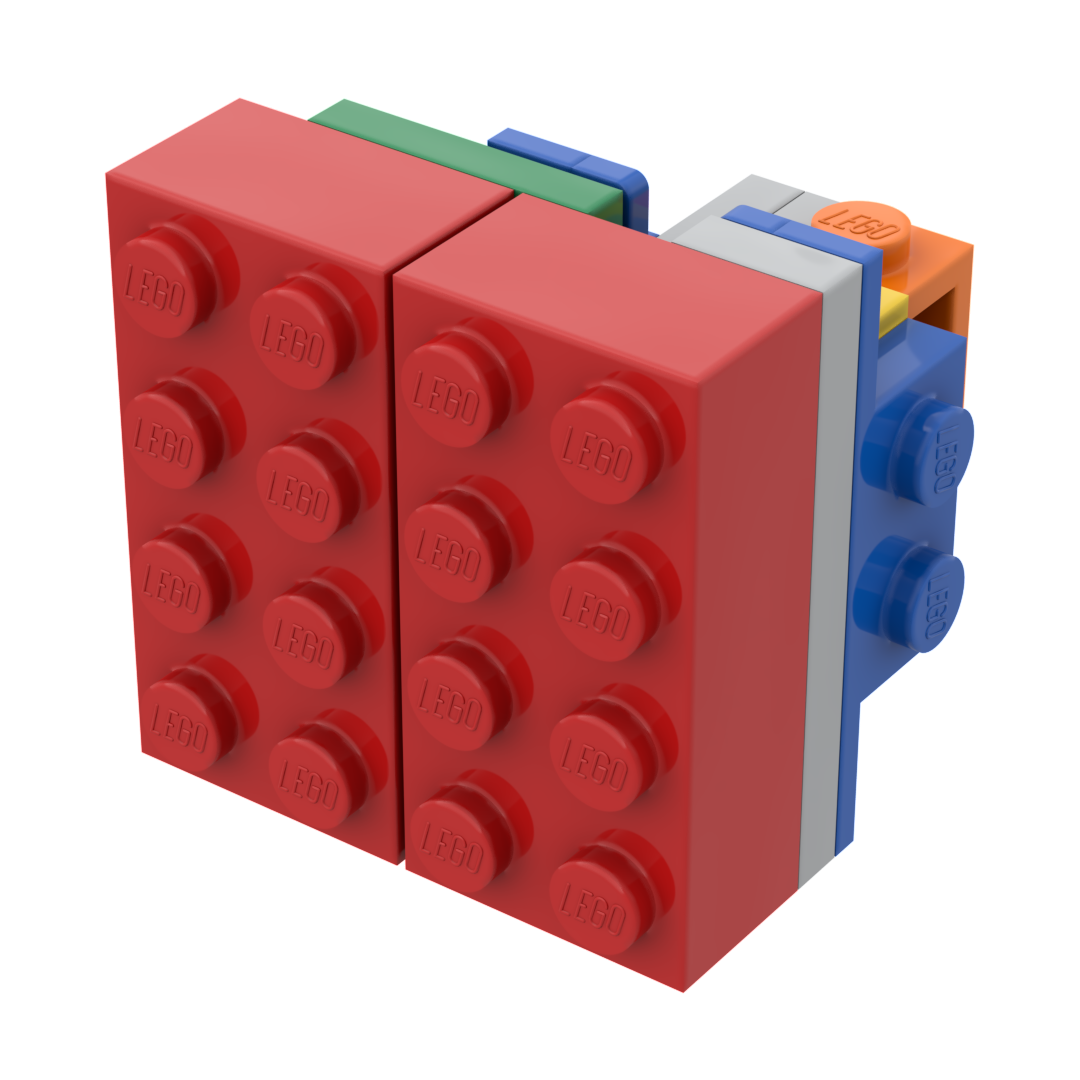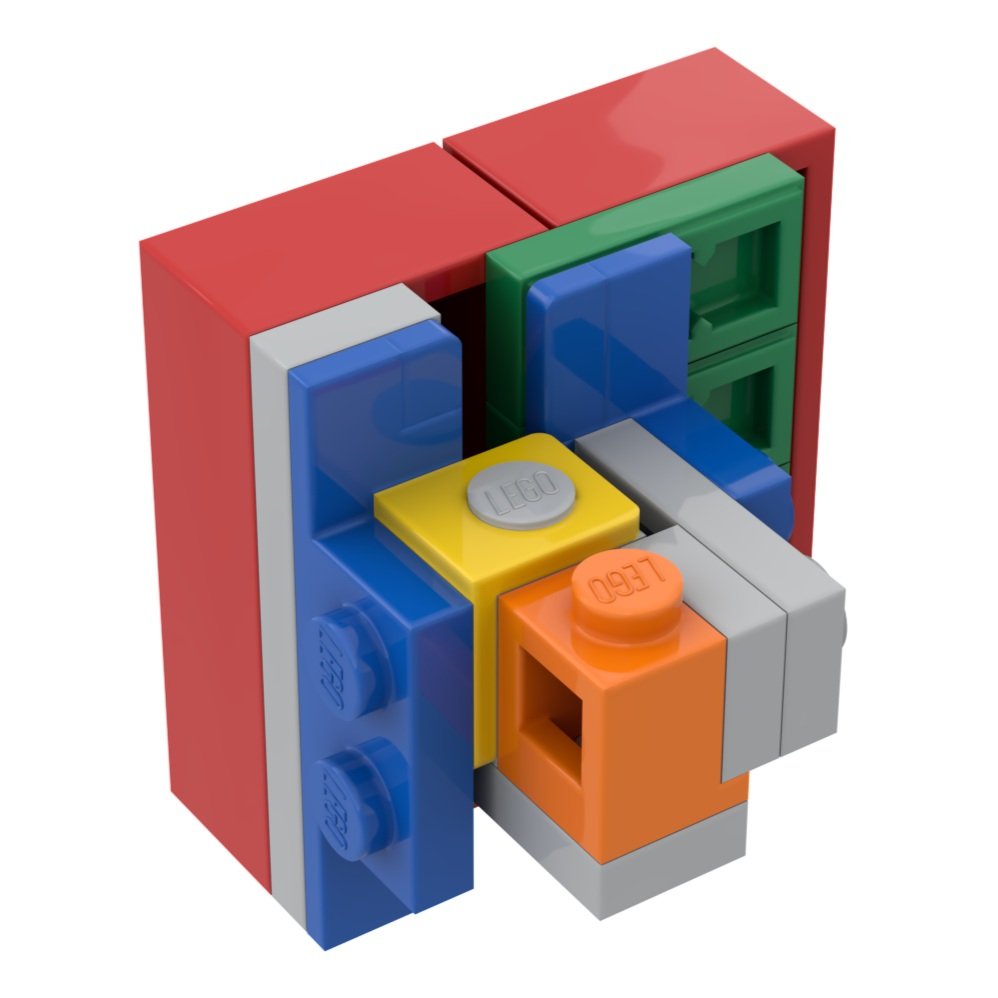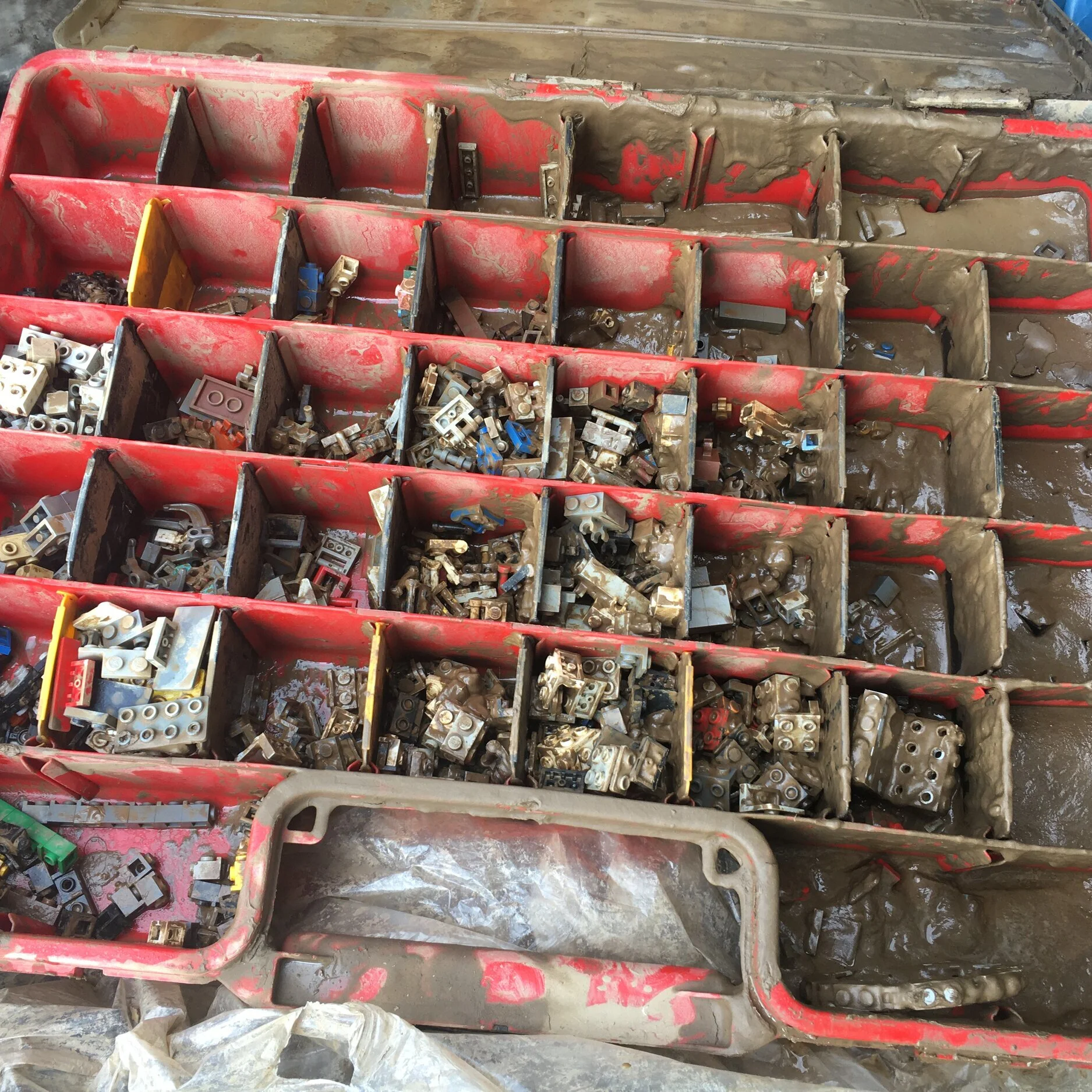LDU and You: The Oldest New LEGO Measurement Unit
/Have you ever been deep in some fancy SNOT work and realized you weren’t able to keep track of all the half-plate, quarter-plate, or even eighth-plate values adding up? Or maybe you just really hate LEGO fractions and refuse to use them? Fortunately, there is a solution in the form of LDU.
LDU Origins
What is LDU you ask? Is that a weird LEGO Dimension Unit or something? Well kinda, but in reality, it claims its origin from the LEGO computer modeling program LDraw.
The history of LDraw is better left to a different article, but know that it dates back to the 1990s. If you know anything about computers, you know they are good at math. But computers are also better at using whole integers, like 1, 42, and 1958, rather than any fractions or decimals like 3.14 or 2.71. With the standard units we are used to working with LEGO being plates and fractions of plates, a new unit was needed to standardize dimensions. This new unit needed to be integer based, so no fractions or decimals. The new LDraw Unit—or LDU—was born.
What Actually Is A LDU?
One LDU is defined as 1/8th of a plate. This is pretty small, but its usefulness comes as you start to explore some other common comparisons. One stud’s width is equal to 5/2 of a plate, or 2.5 plates. That same width in LDU however is just 20. The other advantage LDU has is its ability to convert outside of the LEGO system of units. Translating into inches or centimeters is a piece of cake for the LDU! One centimeter is equal to 25 LDU and one inch is equal to 64 LDU.
LDU Conversion Table
That chart doesn’t even begin to touch on half or quarter-plate conversions which, suffice to say, would be a bit of a nightmare to calculate. LDU also allows us to see the values of odder parts of elements without much effort. For example, just the LEGO stud itself has a 12 LDU diameter and is 4 LDU tall (not counting the raised LEGO lettering which adds just enough extra to be annoying).
The following diagrams show parts 4070 headlight brick, 36841 1x1 bracket, and 15573 1x2 jumper plate with their dimensions shown in LDU.
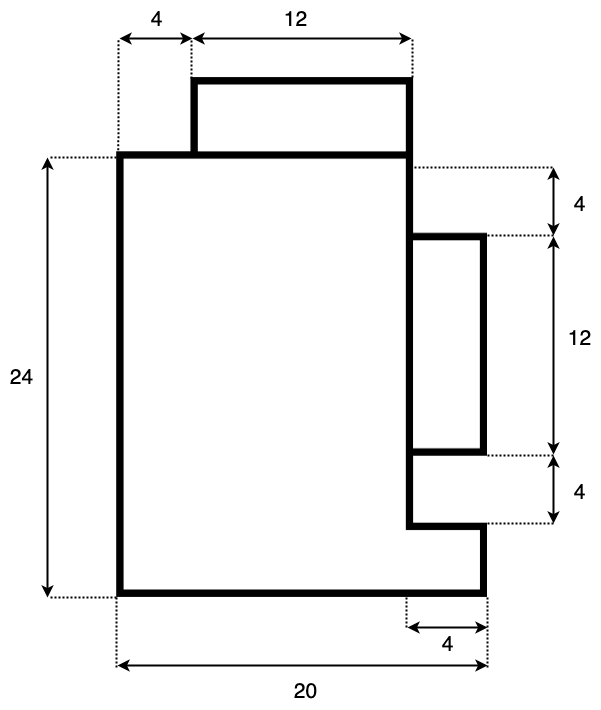

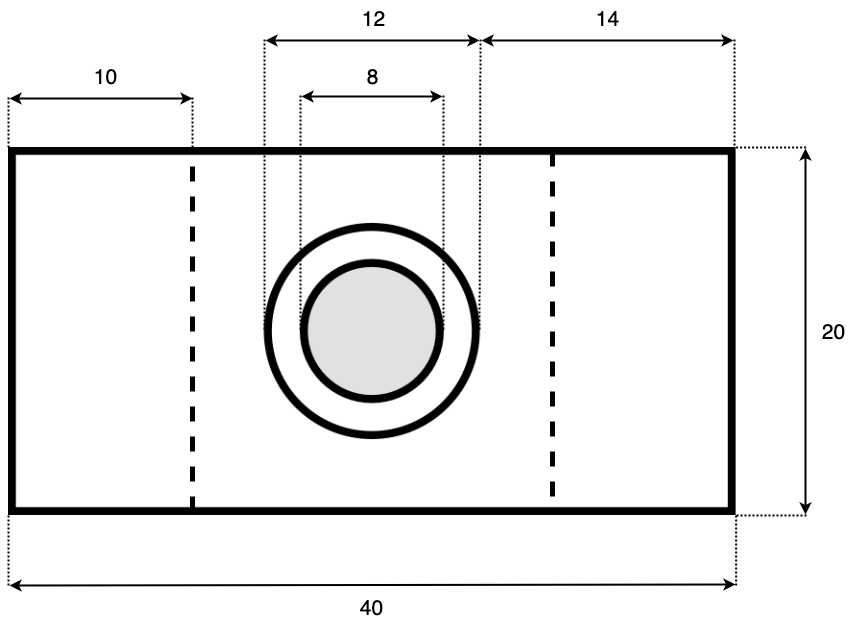
When Is LDU Useful?
At this point you are probably thinking to yourself, “This is cool and all, but when am I ever going to need to deal with an eighth of a plate!?” That’s the neat part—you don’t need to get that precise before LDU becomes very handy. If you are working on some complex SNOT techniques, you can quickly calculate how big gaps are and what values you need to fill in whatever shape you have. This is much easier to do using LDU and its signature whole numbers than trying to add up all of those halves and quarters.
These common SNOT elements are able to provide various offsets and become especially effective when used in conjunction with each other and other elements. Take a look at the third photo of the 1x2 jumper plate’s dimensions in the gallery above. That centered stud is able to give an offset of 10 LDU which, when paired with two of the 4 LDU offsets from either the headlight brick on the bracket, makes an easy way to create a 2 LDU offset as seen in the renders below.
Let’s take a look at those same three elements above, color coded below with the headlight brick in orange, 1x1 bracket in blue, 1x2 jumper plates in green, and an 87087 1x1 brick with side stud (your standard SNOT brick) in yellow. Note that the white 1x1 tile at the end of the blue bracket lines up exactly with the edge of the tile below and the green jumpers—while the two tan 1x1 tiles are offset by 2 LDU in either direction of the white tile. This allows for a more gradual transition than in plate-sized increments.
How Small Can We Go?
Is it possible to achieve an offset of one single LDU? While the easy solution is to use a bar and clip or a technic axle and get a tiny offset that way, those methods are not guaranteed to actually be 1 LDU. But there are ways to get exactly 1 LDU offsets without using any guesswork. This requires special elements that contain an odd valued LDU dimension in them somewhere.
The most common one is 42446 minifig neck bracket which has a thickness of 3 LDU on the side with the stud. Unfortunately, this element was discontinued in 2020 and replaced with one that has a thickness of 4 LDU (1/2 plate) so you would need to make sure you had the older version. Here is an example of a small build to create a 1 LDU gap between two 2x4 bricks.
The neck bracket is shown here in yellow and gives us the magic 3 LDU offset. A headlight brick (in orange) in combination with the 1x2 jumper plates (in green) work to align the second 2x4 brick in order to give exactly 1 LDU space between the two bricks. Mission accomplished! Now is this technique useful? Not really… but it sure is cool!
LDU In Action!
So far we’ve only seen small examples showcasing possible uses of LDU. Let’s take a closer look at a deceptively complex MOC by builder Grant Davis that uses headlight bricks to create a series of 4 LDU offsets with the 54200 Cheese Slope element to enable a smooth angle in the floor between segments. This MOC is almost a decade old, and with the introduction of new elements, now there are many more possible solutions to create this same effect. But this LDU technique still stands the test of time and is used in modern builds as well.
What Are The Limits of LDU?
LDU has one significant drawback. The usefulness of LDU starts to break down as the scale gets larger. For example, 20 studs equals 400 LDU and 100 studs reaches all the way to 2,000 LDU. The numbers start to skyrocket. Also, LEGO molds are not perfect. The more individual elements are in a build, the more tolerances come into play and can possibly negate the benefits of measuring in LDU (as brick bending illustrates).
Personally, I use a mix of units as I’m building. LDU when working with small complex assemblies and switching to studs and plates/bricks when working on a larger simpler scale. This is often within the same MOC as not all aspects of building benefit from the use of LDU. So, you do you.
Final BuiLDUp
If doing math while you build with LEGO sounds like the worst thing imaginable, then check out this handy unit converter created by Sariel. It can do much more than just LDU and is worth checking out even if you enjoy doing the math by hand! The converter really comes in handy when submitting MOCs to fan conventions that might ask for dimensions in specific units.
I hope my inaugural article has been informative and that you will be able to use LDU to your advantage as you work on your next LEGO project.
Do you know of any other LEGO elements that have an odd LDU dimention? Leave your thoughts in the comments below.
Do you want to help BrickNerd continue publishing articles like this one? Become a top patron like Charlie Stephens, Marc & Liz Puleo, Paige Mueller, Rob Klingberg from Brickstuff, John & Joshua Hanlon from Beyond the Brick, Megan Lum, Andy Price, John A. and Lukas Kurth from StoneWars to show your support, get early access, exclusive swag and more.

